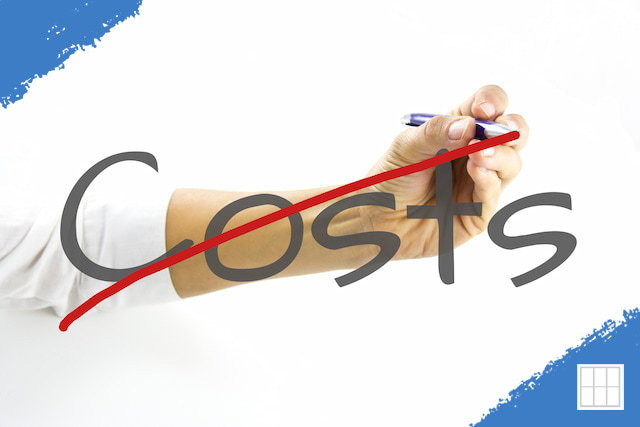When looking to refinance, a homeowner has several rate and cost options to choose from…

Impound Account aka Escrow Account: How They Work
When buying a home, understanding the various components of your mortgage is crucial. One important aspect is the impound account, also known as an escrow account. This guide will help you understand how these accounts work and their impact on your closing costs.
What is an Impound Account?
An impound account is a savings account set up by your mortgage lender. It’s used to pay your property taxes and insurance premiums. Instead of paying these expenses in a lump sum, your lender collects a portion of the total amount with each monthly mortgage payment.
How Does an Impound Account Work?
Here’s a step-by-step breakdown of how an impound account operates:
- Monthly Payments: Each month, a portion of your mortgage payment is deposited into the impound account. This portion covers property taxes, homeowner’s insurance, and sometimes mortgage insurance.
- Annual Payments: When property taxes and insurance premiums are due, your lender uses the funds in the account to pay these bills on your behalf.
- Account Balancing: At least once a year, your lender reviews your impound account to ensure sufficient funds are available to cover the upcoming expenses. If there’s a shortfall, your monthly payments might be adjusted.
Benefits of an Impound Account
- Convenience: You don’t need to worry about making large, lump-sum payments for taxes and insurance.
- Budgeting: Spreading the cost of taxes and insurance over 12 months can help with budgeting.
- Avoid Penalties: Ensures timely payments of property taxes and insurance, avoiding potential late fees or penalties.
Drawbacks of an Impound Account
- Higher Monthly Payments: Your monthly mortgage payment will be higher as it includes taxes and insurance.
- Overestimation: Lenders often require a cushion in the account, which can mean overestimating the amount needed.
- Less Control: You have less control over when and how your property taxes and insurance are paid.
Impact on Closing Costs
When you set up an impound account, it affects your closing costs in the following ways:
- Initial Deposit: At closing, you need to deposit funds into the impound account. This initial deposit covers a few months of property taxes and insurance premiums to ensure the account has enough funds when these bills are due.
- Prepaid Items: These include property taxes, homeowner’s insurance, and mortgage insurance premiums paid in advance. The amount required depends on when these bills are due relative to your closing date.
- Reserves: Lenders typically require a cushion, often two months’ worth of payments, to ensure the account always has enough funds.
Example of Closing Costs with an Impound Account
Consider a scenario where your annual property taxes are $3,600, and your homeowner’s insurance is $1,200. Here’s a breakdown of what you might pay at closing:
- Initial Deposit: You might need to deposit 3-6 months’ worth of property taxes and insurance premiums into the impound account. For taxes, that could be $900-$1,800, and for insurance, $300-$600.
- Prepaid Items: If your property taxes are due soon after closing, you might need to prepay a portion of them.
- Reserves: Lenders might require an additional cushion, adding to the amount deposited at closing.
Conclusion
An impound account can simplify the management of your property taxes and insurance premiums, but it also impacts your closing costs. Understanding these impacts can help you budget effectively and make informed decisions during the home-buying process. At Metropolitan Mortgage, we’re here to guide you through every step of your mortgage journey. Contact us today at (913) 642-8300 or schedule a meeting with us to learn more about how we can help you navigate your mortgage needs.



